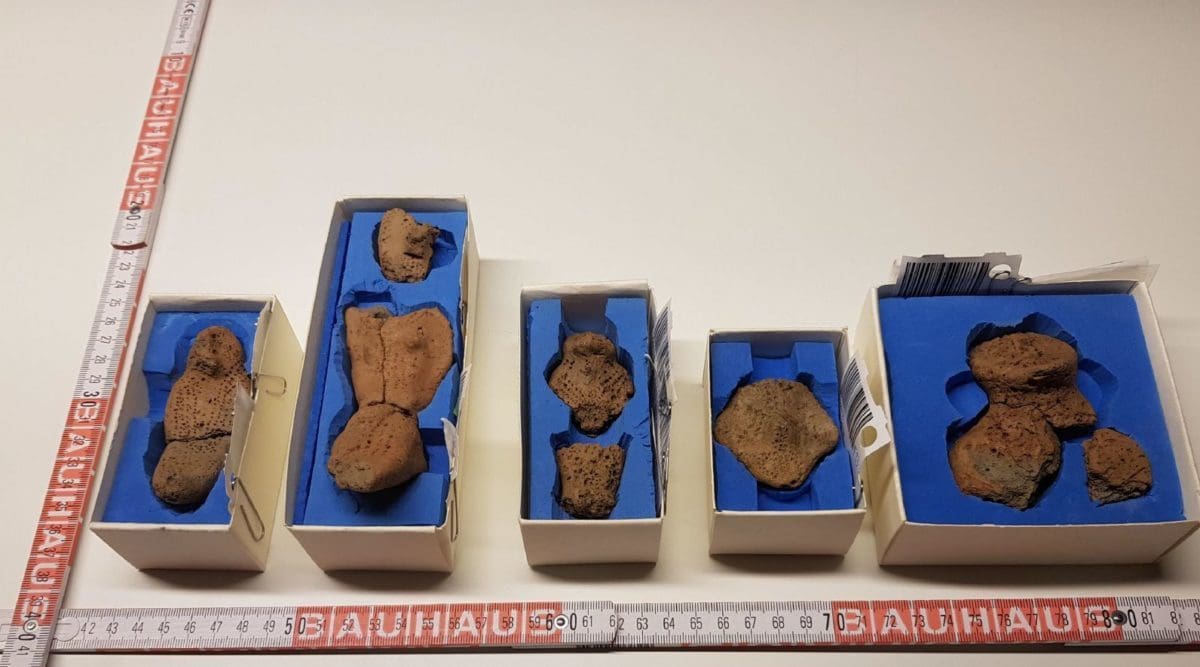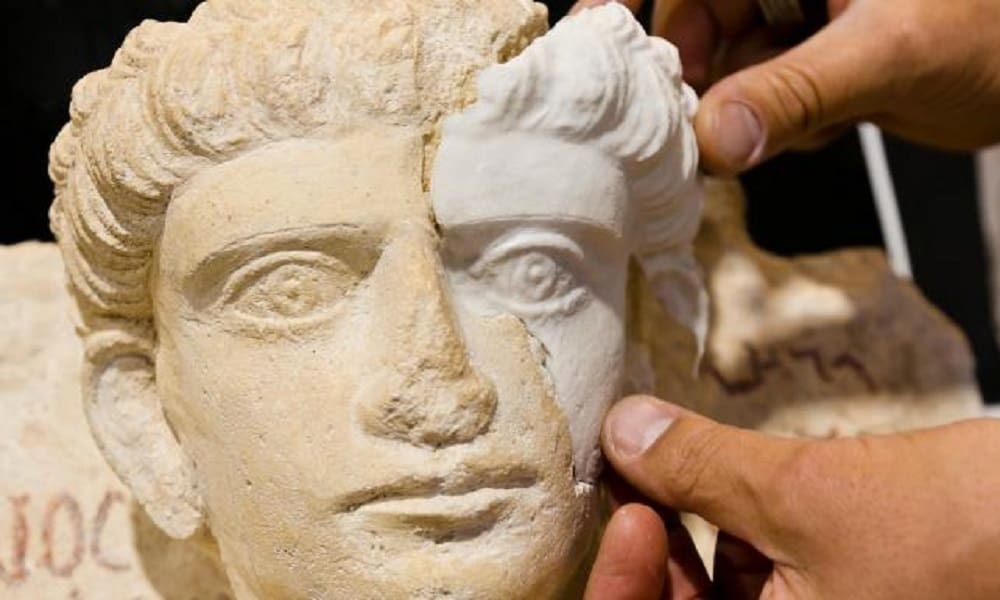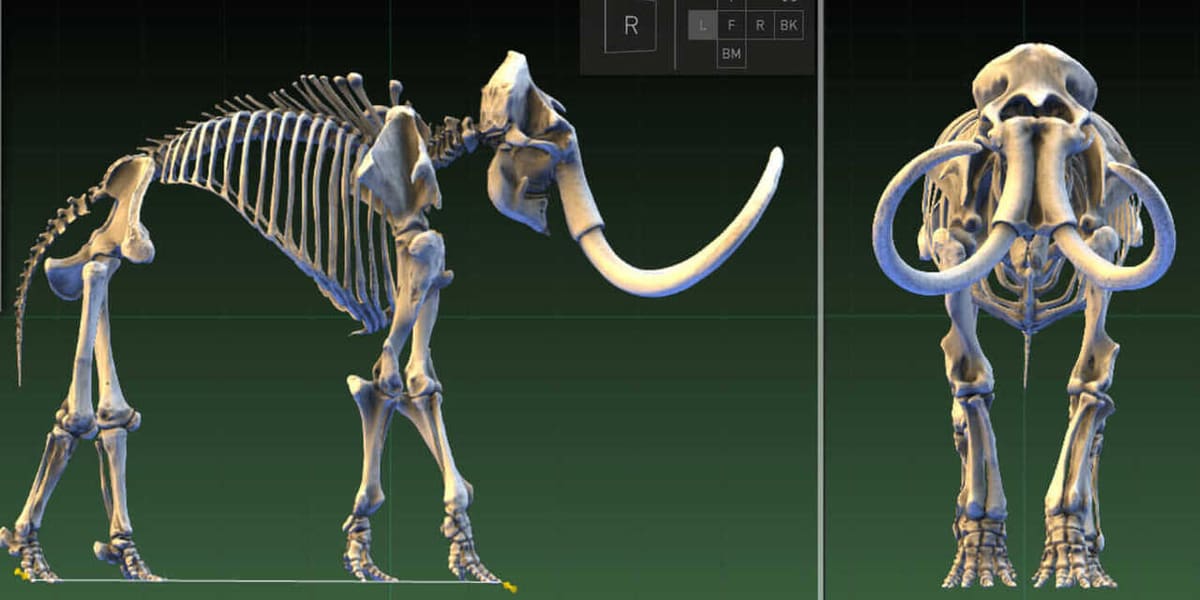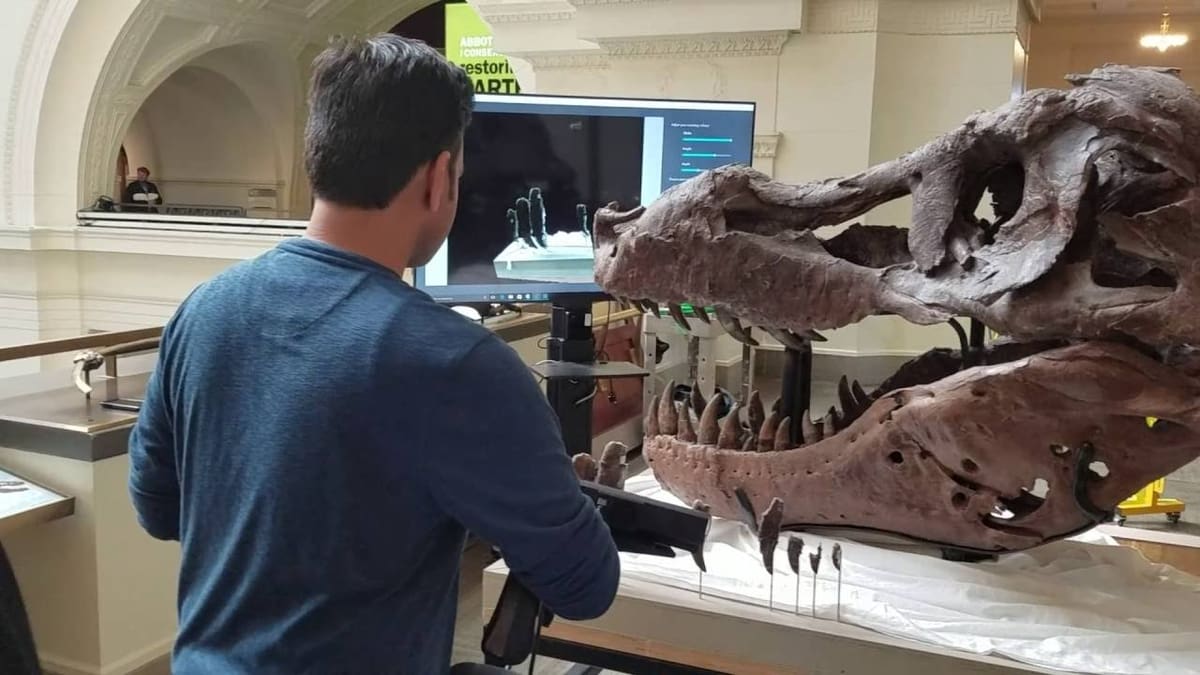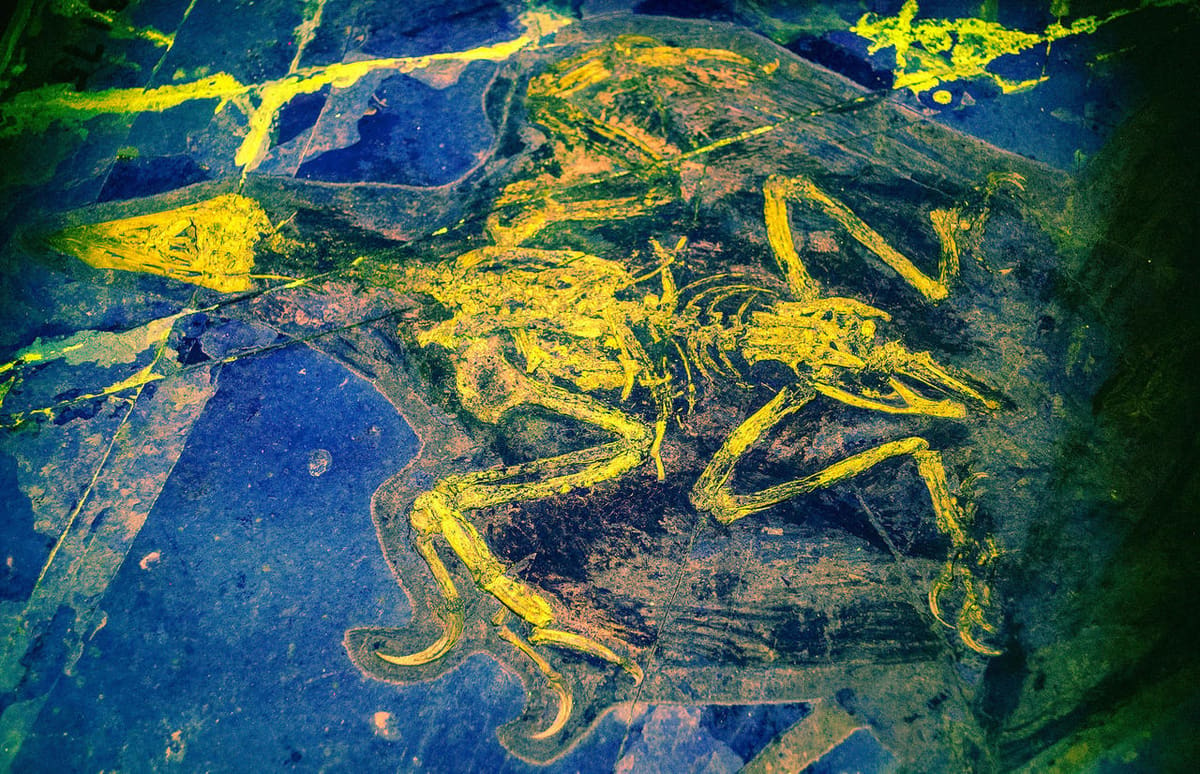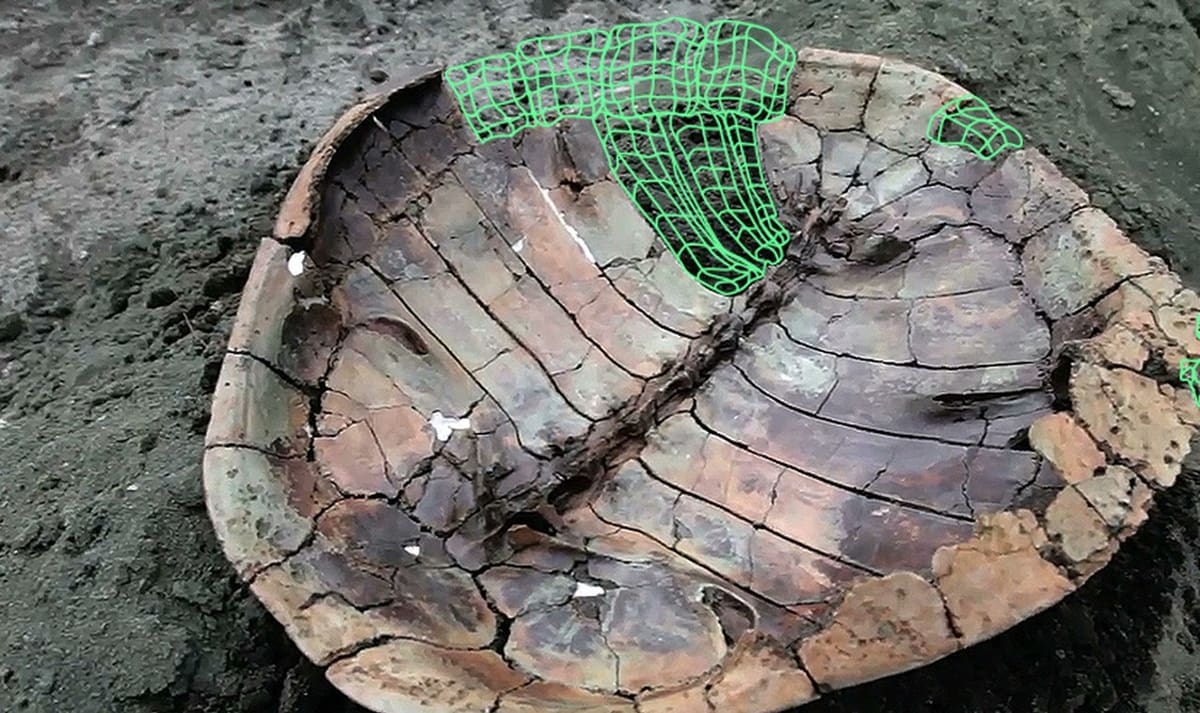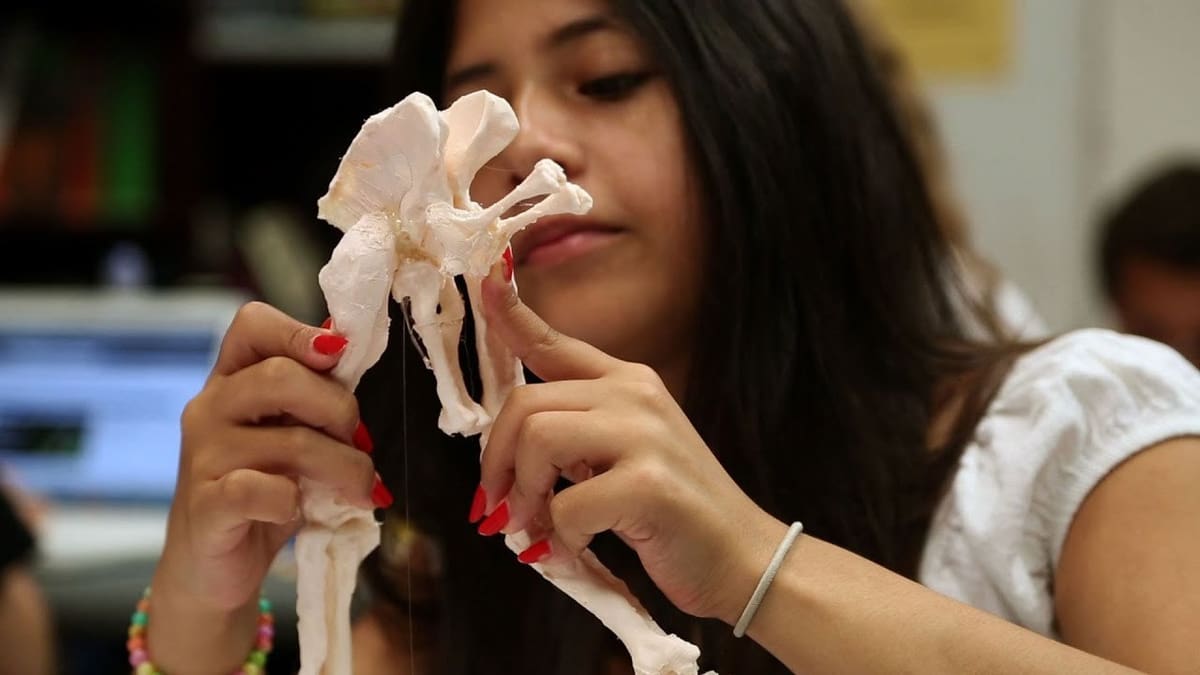Archaeology & Paleontology 101
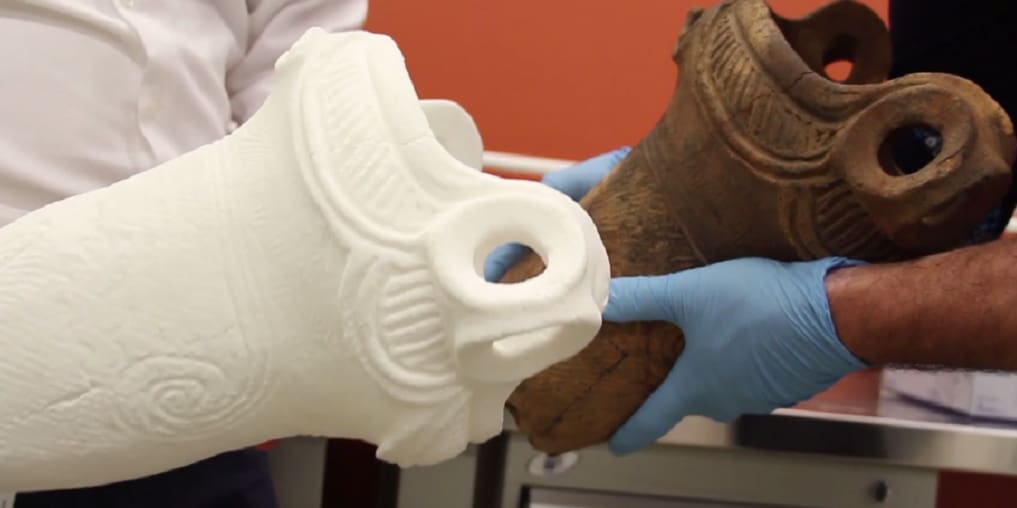
Ever want to examine rare objects from human history, wander through an ancient city that hasn’t stood for thousands of years, or count exactly how many teeth a Tyrannosaurus Rex rocked? Archaeologists and paleontologists are working with 3D printing and 3D scanning technologies to make those dreams come true for everybody.
First, Some Definitions
Archaeology is the science of studying human history through physical objects extracted from their original locations, often buried under thousands or millions of years’ worth of detritus. Though related to archaeology, paleontology concentrates on the naturally-preserved physical remains of animals and plants, which are called fossils.
3D scanning and 3D printing are also complementary processes. 3D scanning consists of taking thousands of measurements of an object or landscape and compiling it into a 3D image of that object. (Check out our article on the best 3D scanners for more details on how 3D scanning works and where to find the best equipment.)
3D printing, on the other hand, involves actually building an object through additive manufacturing.
Working with old artifacts is extremely exacting work, and often the discoveries of both disciplines are too delicate to be handled in anything except academic papers and articles. But both archaeologists and paleontologists, along with the museums they help populate, are using 3D technologies to change that. Read on to find out how.
Scanning in Archaeology
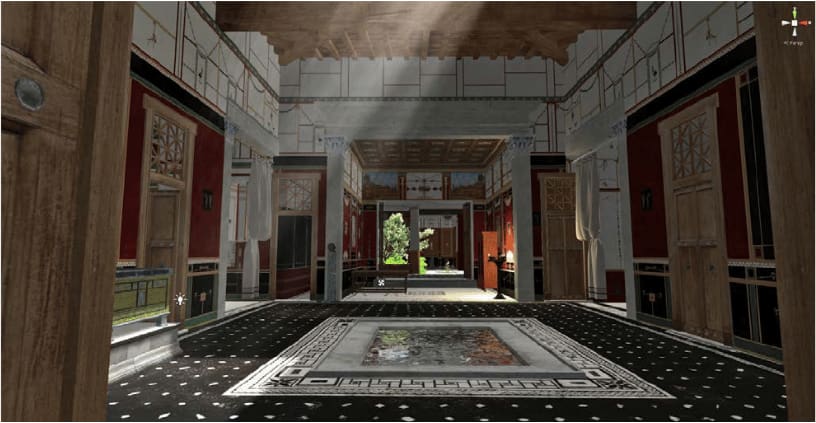
3D scanning is the process of collecting spatial data of an area or object using hundreds of points of measurements from a camera or light source. Oftentimes it’s used for analyzing areas that are difficult to explore in the real world or create models of objects for closer inspection than the objects themselves can support.
These are both great assets to archaeology’s study methods, letting scientists discover important relationships and details that previously were inaccessible. Below are a few ways 3D scanning helps archaeologists at various points of their processes.
In the Field
Archaeologists aren’t just looking for artifacts. They’re hunting for the overarching contexts of their discoveries as well. That’s where 3D scanning comes in:
- Digging deeper: Archaeologists can use handheld 3D scanners to take hundreds of pictures of their worksites and put that information together to form a 3D whole. That 3D scan of a worksite is great for digging deeper without literally having to do that, especially if the physical site is on unstable or protected ground.
- Looking into the past: Scientists can manipulate the 3D images from scans into what the site may have looked like in its time, using much more accurate measurements and predictive growth than with their physical tools allow.
- Seeing the big picture: All the data points gathered through 3D scans of sites create a way for archaeologists to spot and analyze patterns while they work through their findings. This leads to a deeper understanding of sites as a whole and leads to further discoveries that would otherwise be left in the dust.
- Documenting: CyArk, a non-profit organization dedicated to sharing these types of files with the public, has been using 3D scanning technology to chart heritage sites around the globe since 2003. Google’s backing has helped it open digital archaeology access to the masses, and it’s using this new publicity to spread awareness of sites that are decaying and in need of preservation.
- Check out CyArk’s website for photos of places like the Mayan metropolis of Chichen Itza in Mexico and the protected Waitangi Treaty Grounds in New Zealand.
In the Museum
Museums are also using 3D scanning technology to overcome the inherent inaccessibility of archaeological finds and present full views of the past without endangering the safety of artifacts.
- Greater reach: As a bonus, electronic 3D scans of objects, dioramas, and entire museums use the internet and electronic file sharing to extend their reach to infinitely more people than can physically visit. For example, the Smithsonian Museum of Natural History in Washington, D.C. offers virtual tours of its permanent exhibits, select past exhibits, and specialized departments.
- Even if you’ve visited in person, you can catch up on what you didn’t get to see, or go behind the scenes to see how the Smithsonian works.
- Accessibility: The University of Iowa’s Office of the State Archaeologist has a collection of 3D scanned objects online for people all around the world to closely examine and learn about its treasury of local ancient artifacts.
- Enhanced interactions: In addition to viewing what’s been scanned, museums use 3D scanning to create a new level of interaction with their exhibits. Visitors can touch, rotate, zoom, and otherwise examine 3D scans to get information that isn’t directly noticeable in the discovery itself. 3D scanning helps museums tell better stories about the past.
At Home
In addition to visiting historical sites and world-famous museum collections from your own home, 3D scanning lets you try your own hand at archaeology.
Smartphone cameras and apps let you 3D scan without needing extra equipment, and many amateur 3D enthusiasts have used their surroundings and findings to recreate historical objects and scenes within their own reach.
Sketchfab has a vast selection of user uploads in its Cultural Heritage & History section, ranging from 3D models of Van Gogh’s painting of his room to recreations of Chinese Buddha statues from early dynasties. Scroll through for major inspiration.
Scanning in Paleontology
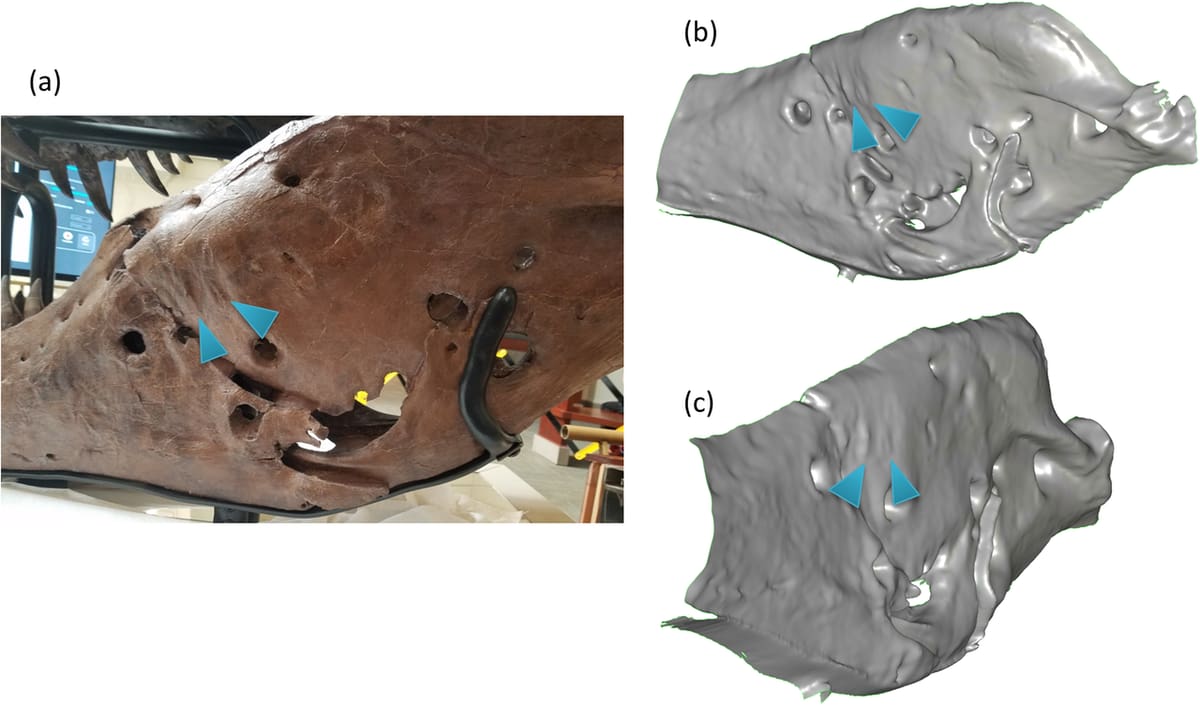
Paleontology shares many of the same qualities of archaeology but focuses on fossilized organic material instead of manmade artifacts. This presents unique obstacles in unearthing discoveries.
Fortunately, the same 3D scanning techniques can be used as answers to different problems with the same results: higher accessibility, deeper study opportunities, and an overall more thorough understanding of our past.
In the Field
- Fossil Maintenance: Many components of fossils break away or disintegrate by the time paleontologists discover them, lost in the sands of time or just stuck in areas that can’t be dislodged without damaging the object. That’s where 3D scanning comes in.
- Preservation: The portability of the technology allows paleontologists to take scans of fossils on-site to be examined in the lab without disturbing its natural resting place. For example, a team from the National Museum of Brazil used 3D scans of skulls found at a railroad site in São Paulo to show a never-before-discovered species of ancient crocodile.
- Excavation planning: A natural extension of this process is discovering what a site has to offer before beginning an extensive dig. 3D scanning a potential excavation site gives paleontologists an overview of how fossils are oriented in their site, suggesting the best way to proceed with maximum efficiency and minimum environmental disturbance. It’s even possible to recreate conditions of earlier excavations from photographs.
- Artifact revitalization: Archaeologists reclaimed a poorly-preserved dinosaur trail in Texas using photogrammetry 3D scanning techniques from pictures of the original dig. This has major implications for revisiting and re-examining lost or damaged discoveries from the past.
In the Museum
All of these scanned 3D fossils give paleontologists and archivists alike the chance to study and display while preserving at the same time, a feat that lets more people than ever access our ancient ancestors and environments.
- Enhanced reach: One way in which 3D scanning helps the study of animal and plant matter is the ability to map out areas of bodies and structures that aren’t easily accessible to the human eye or tool.
- Even a perfectly whole and preserved skull, for instance, has many nooks and crannies that can’t be reached without cracking it open. 3D scanning lets paleontologists get to the tiniest details while preserving the whole.
- Better data collection: Museums also benefit from comparative data that emerges in the process. 3D scanning takes thousands of data points that are crucial to structure and orientation, like the length between eye sockets, shape of teeth, and width of appendages.
- Mapping all of these out for each fossil lets museums use the data on their collections for side-by-side comparisons.
- Many are sharing their information with the world, such as the non-profit website AfricanFossils.org. Their collection goes beyond its name to organize, compare, and show the evolution of all its findings. They add new artifacts all the time, so the story is constantly gaining detail.
At Home
Much like archaeology, paleontology benefits greatly from public awareness and participation.
- Accessibility: 3D scanning makes it possible to let the general public hold biological history in their hands – or at least on their computer screens.
- MorphoSource by Duke University is the most popular multi-institutional sharing source of fossils. It brings together collections from all over the world for your educational and entertainment value, complete with all data points for any further scientific research.
3D Printing in Archaeology & Paleontology
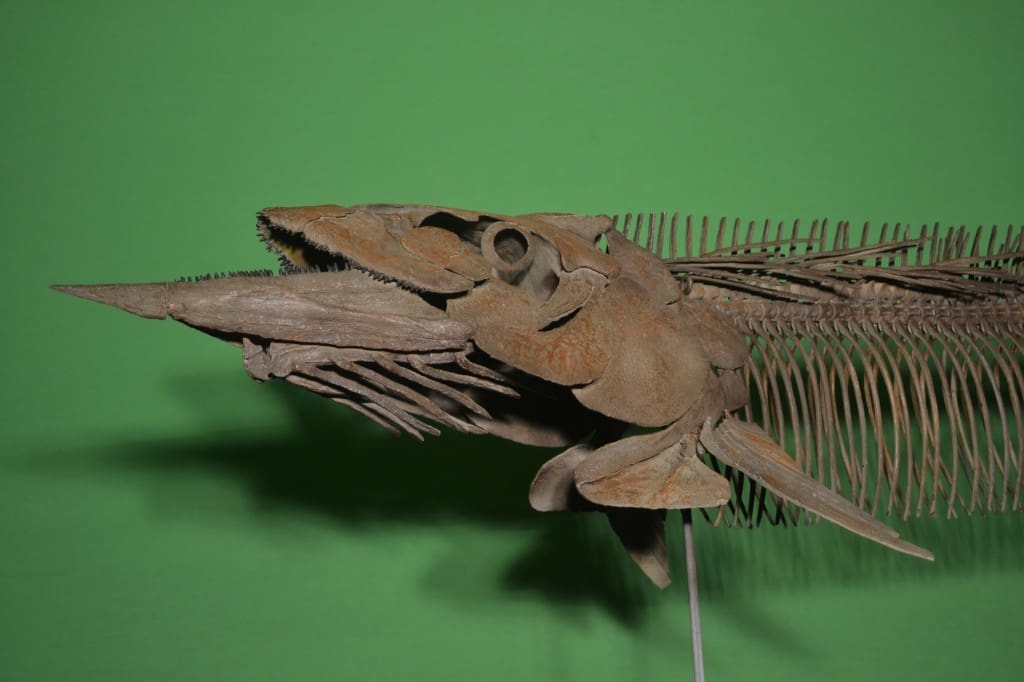
Both archaeology and paleontology benefit from the restorative qualities of 3D printing. It saves artifacts and fossils alike, adding support and structure to shapes that threaten to collapse and making copies lifelike enough for scientific study yet safe for wide distribution.
In the Field
Although excavation site conditions aren’t conducive to 3D printing themselves, 3D printing can provide plenty of support before scientists head out.
- Practice: In addition to basic field prep practice, where 3D printed artifacts and bones can be used to perfect techniques in extraction, tools can be designed and modified for specific excavation needs using 3D printing.
- Enhanced tools: Using filament made from metal alloys or other tough materials, 3D printed tools hold up to whatever scientists may need.
In the Museum
The most popular use of 3D printing in archaeology and paleontology is creating copies of historically important objects that are durable enough for everyday use.
- Preservation through replication: Because museums and research departments contain the bulk of information on original artifacts and fossils as a byproduct of what they do, it’s a natural next step for them to 3D print facsimiles to preserve history while also giving it a wider reach. Sometimes it even leads to “improving” the original finds.
- As an example, Harvard University uses photo modeling to repair artifacts that were either found broken or became so over their years of storage.
- Enhanced documentation: Some museums 3D print parts of objects or layouts that weren’t found with the rest at their original site. This is especially useful for paleontology, since fossils preserve only what happened to be organically caught in perfect environmental conditions.
- The Rocky Mountain Dinosaur Resource Center in Colorado uses 3D printing to fill in the missing or damaged parts of dinosaur skeletons in a much shorter period than traditional plaster bone creation.
At Home
All you need to immerse yourself in paleontology is a 3D printer and free fossil scans to download for your designs. This major leap in accessibility lets everyone from school kids to retired hobbyists explore the natural world in tangible ways.
The American Museum of Natural History uses 3D printing to give visitors a taste of what it’s like to be a paleontologist, using 3D printed copies of bones from their collection for identity and skeleton-building exercises.
3D printing and scanning have opened up archaeology and paleontology to the masses as well as expanded scientists’ abilities to explore these fields. Find a museum, website, or excavation that captures your imagination today!
(Lead image source: Public Archaeology in 3D)

